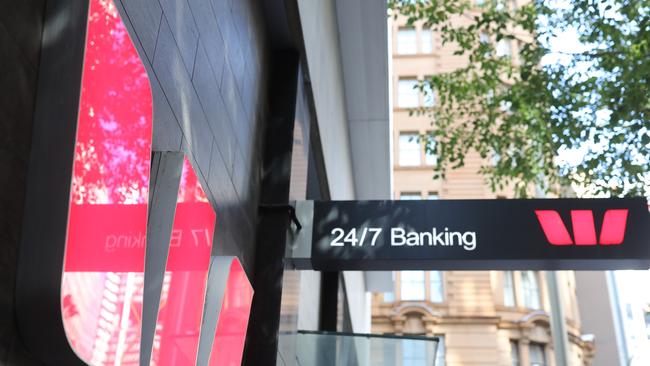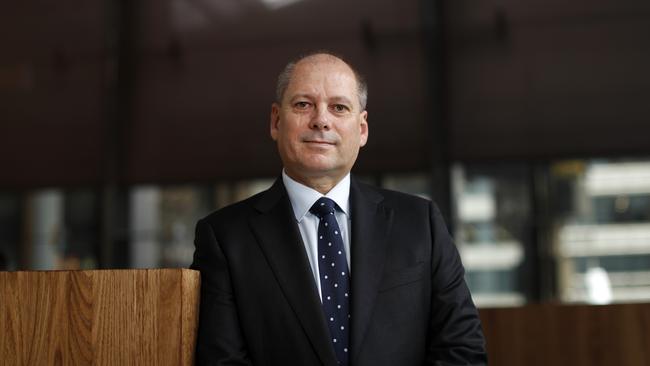
In fact, Westpac even managed to eke out a slight increase – of around $170m – in it its net interest income; the difference between what it gets from borrowers and what it pays depositors.
In an almost exact repeat of what I discussed last week with ANZ, in the zero-rate world imposed by the Reserve Bank, Westpac saw its interest income fall $4.8bn from $27bn to $22bn.
On the other side it slashed interest paid to depositors, dollar-for-dollar – indeed, marginally more – by $4.9bn from $10.3bn to $5.4bn. So, while the bank’s interest income fell 18 per cent, interest paid by it all-but halved, plummeting 48 per cent.
Westpac was able to broadly maintain its net interest margins, especially the all-important consumer margin – home loans – and so also its underlying profitability, its underlying return on shareholder equity.
Group margin dipped from 2.08 to 2.04 per cent. This mostly reflected an easing in the consumer margin, from 2.37 to 2.34 per cent. The business loan margin actually went up, from 2.99 to 3.12 per cent.

The broad story is that when interest rates go up, bank margins – and returns – tend to drift higher; when rates plunge, banks are able to minimise any margin fall and broadly maintain returns on equity.
Moving though, from that virtually unchanged $17bn net interest income to underlying operating profit, you have to account the expenses of running the bank (and other bits and pieces). Here in the case of Westpac – we didn’t see it with ANZ – and what got investors tut-tutting, was a big and I mean big leap in expenses in the second half-year.
For the full year expenses went up $600m or a seemingly modest 4 per cent. But in ANZ’s case they actually were cut.
More disturbingly with Westpac, expenses were up a thumping $1.3bn or a stunning 22 per cent leap, from the March half to the September half. Why? Mostly because of write-offs, but also because staff expenses leapt $400m or 17 per cent from half-to-half through the year.
As a consequence Westpac’s underlying pre-tax profit fell by nearly one-third from the March half to the September half. True, that was going from a six-months when the economy was mostly opened up and we still had JobKeeper to a September half-year when Victoria and NSW were locked down for most of the September quarter and we no longer had JobKeeper.
But again, we didn’t see a similar pattern in the ANZ numbers. Indeed, ANZ’s underlying pre-tax profit actually increased 15 per cent from March half to September half.
This most certainly did not point to a great foundation for Westpac kicking off into the new year. And so we saw its share price hammered down more than 7 per cent despite what should have been the price-boosting buyback announcement.
The final element in the profit, which converted all this into a – totally misleading – doubling in its bottom-line profit number were the swings and roundabouts on the bad debt provision.
Last year Westpac panicked – or acted very prudently and judiciously: you choose – and provided a massive $3.2bn for bad debts that mostly never arrived. This year it actually wrote back $590m, adding to profit.
In 2020 it paid only 31c in dividends; this year it’s paid a normal $1.18.
In effect the capital return is the payment of the dividends it “should have” (with 20-20 hindsight) paid last year.
Except, the return goes mostly and profitably to instos, not to retail holders.







The Westpac profit was a cocktail of three ingredients of which easily the most important was maintaining what is the absolute profit base of any bank – its net interest income – virtually unchanged at $17bn through all the interest rate, business and economic, Covid-driven, turmoil of the past year.